38 F. Sunday high in the Twin Cities.
25 F. average high on December 21.
23 F. high on December 21, 2013.
.15″ rain fell yesterday in the Twin Cities.
.1″ snow fell.
December 21, 2000: A chilly day in Minnesota, with a high of zero degrees in Minneapolis, and a low of 14 below.
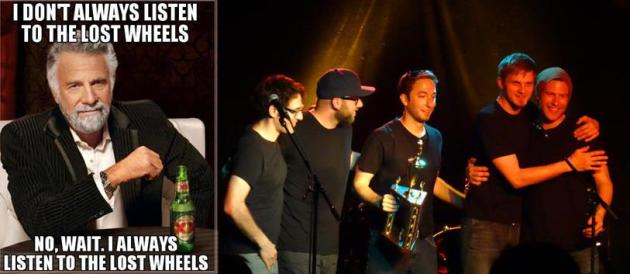
The Greatest Gift
“You don’t choose your family. They are God’s gift to you, as you are to them” wrote Desmond Tutu.
When your kids are young you teach them; when they get older they teach you. My oldest son is a digital marketing specialist and musician, playing lead guitar for “The Lost Wheels”. The other day he said something profound. “Things are a poor substitute” he said. “The best gift you can give is your time. They’re not making any more of that.”
I hope you spend time with the people you care about in the coming weeks. Amazingly, the weather won’t be a show-stopper, at least not close to home.
It’s disorienting waking up to rain and green lawns the day after the Winter Solstice, but a changeover to wet snow may leave behind a couple inches of snow on lawns and fields Tuesday – most roads wet & slushy with temperatures near 32F. Expect low 30s and a dry sky for Christmas; a storm passing south of Minnesota pulls in colder air this weekend with highs stuck in the teens. A second, colde smack arrives around New Year’s with a couple nights near zero.
Long-range guidance shows a rapid temperature recovery the first week of 2015, a January thaw possible the second week of the New Year.


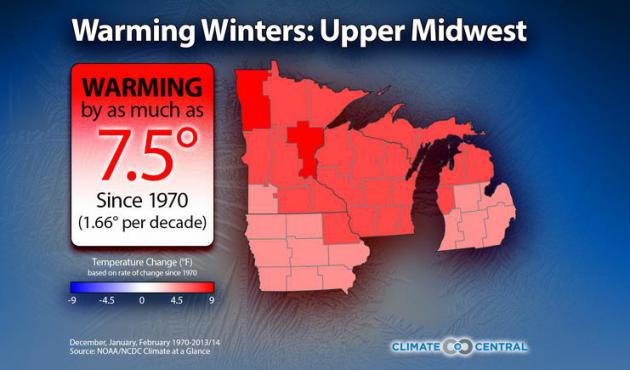
How Winters Are Changing Throughout The U.S. Climate Central takes a look at longer-term trends; here’s an excerpt: “… Since 1970, the average winter temperature in the continental U.S. has warmed by 2.4°F since 1970. That’s faster than the planet as a whole, which has warmed 1.1°F over that same period, due in large part to rising human greenhouse gas emissions. Within the country, certain regions have seen heat crank up faster still. The Upper Midwest leads the charge as the fastest-warming region followed by the Northeast. The South and West, by contrast, have warmed relatively slowly. The only notable cold spots are in eastern Nevada and southern Wyoming…”
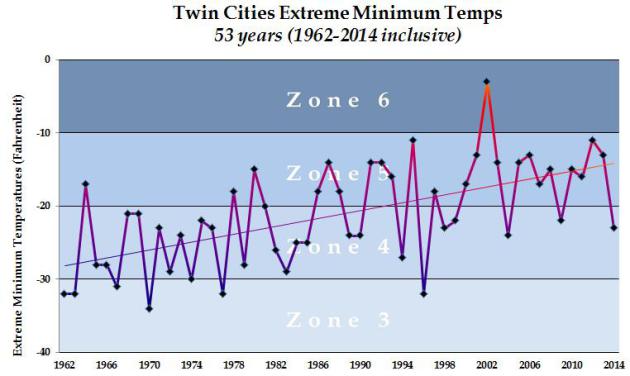
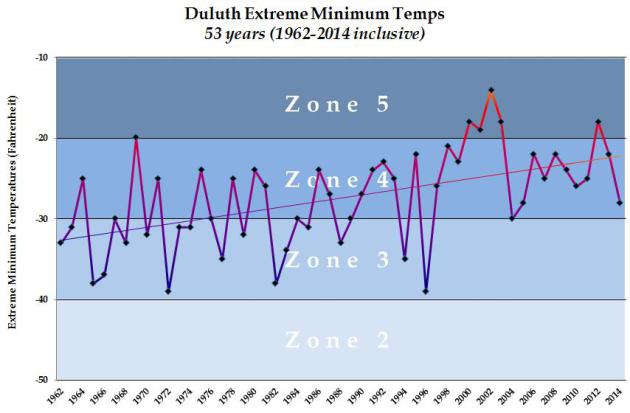


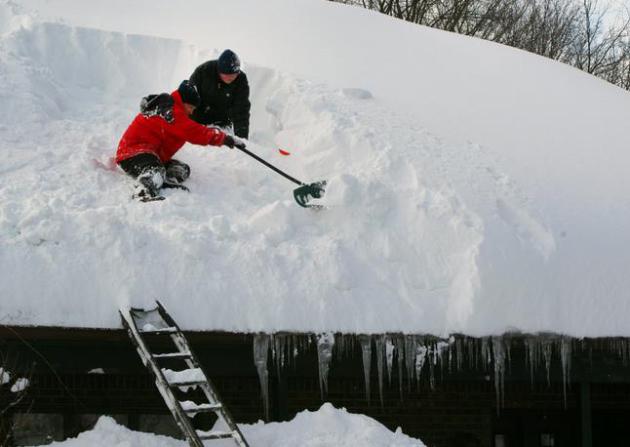
Power Is Out, Blizzard Rages. Would You Be Ready? In the hypothetical event the Twin Cities experienced a power-snuffing blizzard with ice, tree-toppling snow and high winds, would we be prepared for an extended period without electricity? Here’s an excerpt of a good story at Ithica Journal with some timely reminders to impersonate a Boy Scout and “Be Prepared”: “…As the people in Buffalo know, a predicted bad storm can become unbearably bad with little advance warning. And the key to weathering a bad storm is preparation that takes place well before a natural disaster is a cloud in the sky. “Plan for them,” Hammond said, at a recent state Civilian Preparedness Training Program in Corning. “Have drills, like the fire drills you had in school. Have two places outside to meet. Remember your pets, remember Mr. Whiskers. Have a plan that does not depend on electronics. “And know what the plan is at your workplace, your kids’ day cares and schools…”
File photo credit: Mike Mulville, Buffalo News, AP.

The Body Electric. What’s it like to be struck by lightning? Trust me, you don’t want to know. Outside Magazine has an excellent article that documents what happens to your body and how doctors are still baffled by some of the long-term afflictions of lightning strike survivors. Here’s an overview: “Every year, more than 500 Americans will be struck by lightning—and roughly 90 percent of them will survive. Though they remain among the living, their minds and bodies will be instantly, fundamentally altered in ways that still leave scientists scratching their heads.”

Are Men Idiots Who Do Stupid Things? Study Says Yes. My new favorite news headline for 2014, courtesy of NPR, which writes: “A new study shows what at least some of us might have suspected for a long time: Men are idiots and do stupid things. That’s the premise of the authors’ Male Idiot Theory. The study, published in BMJ, the former British Medical Journal, looked at past winners of the Darwin Awards. The awards are given to those people who die in such an idiotic manner that “their action ensures the long-term survival of the species, by selectively allowing one less idiot to survive…”

TODAY: Periods of rain and drizzle. Wet roads. Winds: SE 10-15. High: 38
MONDAY NIGHT: Rain mixes with wet snow; slushy by morning. Low: 33
TUESDAY: Slushy snow, couple inches possible. High: 34
CHRISTMAS EVE: Peeks of sun, better travel conditions. Wake-up: 30. High: 33
CHRISTMAS DAY: Mostly cloudy, still above average. Wakeup: 23. High: 32
FRIDAY: AM snow south, colder wind. Wake-up: 20. High: 26
SATURDAY: Numbing with flurries. Wind chill: -5. Wake-up: 4. High: 14
SUNDAY: Some sun, feels like December. Wake-up: 2. High: 15
Climate Stories…
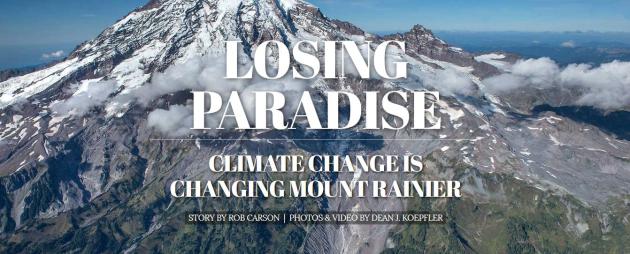
Losing Paradise. What is happening on Washington State’s Mt. Rainier is nothing short of remarkable, an example of climate change on full display, fast-forward. Here’s the intro to an exceptional story at The News Tribune and The Olympian: “If the scientists are right, the end is near for a Northwest treasure — at least as we know it. Global warming is melting Mount Rainier’s glaciers at six times the historic rate. For years now, the melting has sent floods of water and rock pounding down the mountain, filling up rivers, killing old-growth forests and endangering historic national park buildings. The glacial outbursts also are tearing up the roads that provide access to the park’s wonders, testing the National Park Service mission to keep the great outdoors open to all…”‘

The Answer On Human-Caused Climate Change Is In. Here’s an excerpt of a Peter Gleick Op-Ed at The Sacramento Bee: “…One of the most active research areas in the climate sciences is the field of detection and attribution: the effort to see and identify the fingerprint of climate change in our extremes of weather. This is tough because the day-to-day fluctuations in weather are naturally large or “noisy.” But scientists have long known that as climate change worsens, we would eventually reach the point when the signal of human influence would rise above and become distinguishable from the noise of natural variability. The California drought is a case in point…” (File photo: Richard Vogel, AP).

